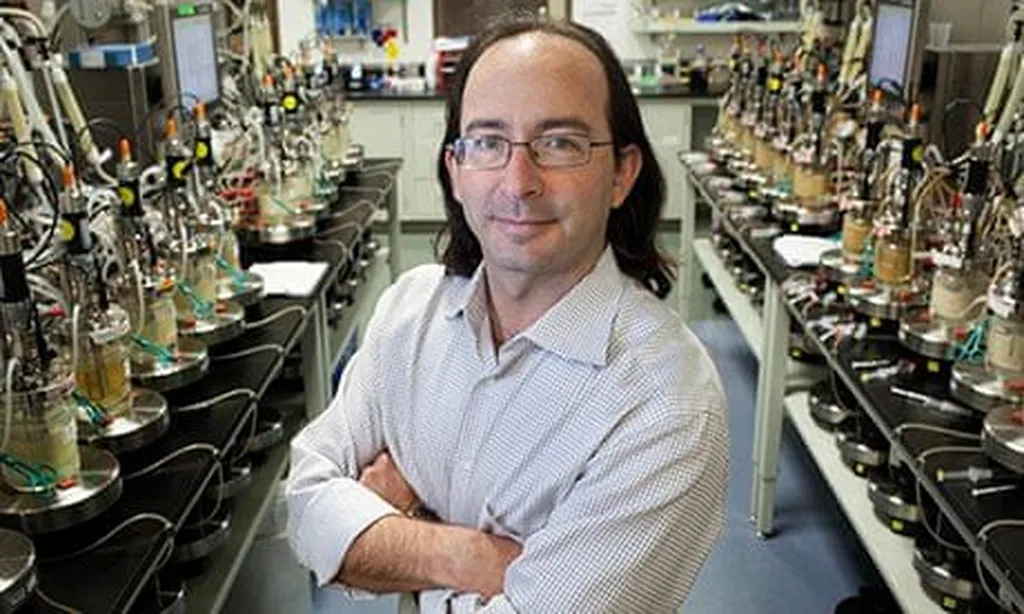In the heart of Brazil, researchers are bridging the gap between plant physiology and soil science, paving the way for sustainable agriculture. Luana Vanessa Peretti Minello, a leading scientist from the Botany Department at the Federal University of Pelotas, has published groundbreaking research in *Frontiers in Plant Science* (translated as “Frontiers in Plant Science”), integrating nanotechnology and biochar to revolutionize how we think about soil health and plant growth.
Minello’s work delves into the intricate dance between nanoparticles and biochar—charcoal used as a soil amendment—to enhance plant productivity and soil fertility. “By understanding how these elements interact at the molecular level, we can develop more effective strategies for sustainable agriculture,” Minello explains. Her research highlights the potential of nanotechnology to optimize nutrient delivery to plants, while biochar acts as a soil conditioner, improving water retention and reducing greenhouse gas emissions.
The implications for the energy sector are profound. As the world shifts toward renewable energy sources, the demand for sustainable agricultural practices grows. Biochar, derived from biomass, not only sequesters carbon but also enhances soil health, creating a feedback loop that benefits both agriculture and energy production. “This research is a stepping stone toward a more integrated approach to land management,” Minello notes. “It’s about creating synergies between different fields to achieve sustainable outcomes.”
The integration of plant physiology and soil science in nanotechnology and biochar research offers a blueprint for future developments. By optimizing soil health, farmers can increase crop yields while reducing the need for chemical fertilizers, which in turn lowers the environmental footprint of agriculture. For the energy sector, this means a more reliable supply of biomass for biochar production, further supporting the transition to renewable energy.
Minello’s work is a testament to the power of interdisciplinary research. As she puts it, “The future of agriculture lies in our ability to innovate and adapt. By bridging the gap between different scientific disciplines, we can unlock new possibilities for sustainable growth.” Her research, published in *Frontiers in Plant Science*, is a call to action for scientists, farmers, and policymakers to collaborate and drive forward the agenda for sustainable agriculture and energy production.

